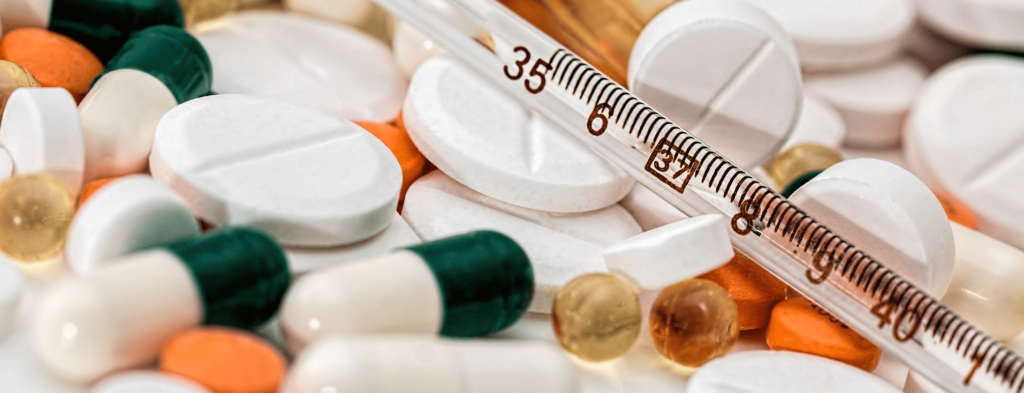Accelerated approval: How urgently needed medications can be authorised for marketing more quickly

Since March of this year, if not earlier, the whole world has been watching the spread and further development of the coronavirus with bated breath. Many people are eagerly awaiting potential vaccines, for which some medicinal substances have already entered the pivotal trial phase. Remdesivir, an active substance which could potentially be used to treat COVID-19, has recently received conditional approval to be marketed in the EU. This is possible because remdesivir is the first medication to be used for treating COVID-19, thus addressing an unmet medical need. In such instances, the marketing authorisation procedure may diverge from the regular process.
Of course, despite the urgency of the situation, the safety of employing the medication must be ensured. As technical translators of medical and pharmaceutical texts, we made sure to read up on the pertinent information: Which clinical phase is affected by the acceleration of the marketing authorisation procedure? And what data does this phase deal with?
Overview of the regular clinical trial phases:[1]
| Phase I | Small-scale testing on healthy volunteers Initial human treatment Tolerability and drug safety tested 20–80 participants | Time frame:Weeks or months |
| Phase II | Initial testing on patients suffering from the disease in question Dose-response relationship, efficacy and tolerance tested 100 to 800 participants | Weeks or months |
| Phase III(IIIa prior to market authorisation, IIIb subsequent to approval) | Frequently comparative studies on patients who receive the treatment being tested compared with a control group who receives another treatment Efficacy and safety/tolerability tested Hundreds or thousands of participants | Months or years |
| Phase IV | Takes place when a medication is already available on the market Efficacy, safety and rare side effects of a medication can be assessed better on account of more patients being treated Treatment is enhanced | Months or years |
As we can see from the chart above, medications are usually authorised for marketing during phase III. However, the European Medicines Agency (EMA) has the capacity to provide marketing authorisation for urgently needed new medications upon conclusion of phase II trials if the benefits are determined to outweigh the risks. This is called conditional approval, where the conditions include conducting the phase III trials after the medication is already on the market, i.e. testing it on significantly more patients. Typically, data on efficacy and tolerability are also compared with those from a control group who received a different treatment for the same disease.
Accelerated approval doesn’t mean less trial data
Trial results must be collected and sent to the European Medicines Agency (EMA) within a set time frame (often one year). This means that the clinical phase III and IV trials are not omitted but patients who are severely ill are simply afforded the opportunity to benefit from the new medication while these trials are still being conducted. If the data collected in these later trials provides evidence that the drug is unsafe or ineffective, the conditional approval will be revoked and the medication removed from the market. If, however, the results prove positive, the conditional approval will be converted into a non-conditional approval.[2]
Do you need a translation for your pharmaceutical study, request for market authorisation or other medical text? Contact us to receive a non-binding quotation!
[1] Sources: https://www.gesundheitsforschung-bmbf.de/de/wie-funktionieren-klinische-studien-6877.php
and https://www.pharmazeutische-zeitung.de/ausgabe-302011/wie-humanarzneimittel-geprueft-werden/ (in German)
[2] Source: https://www.vfa.de/de/arzneimittel-forschung/so-funktioniert-pharmaforschung/conditional-approval.html (in German)